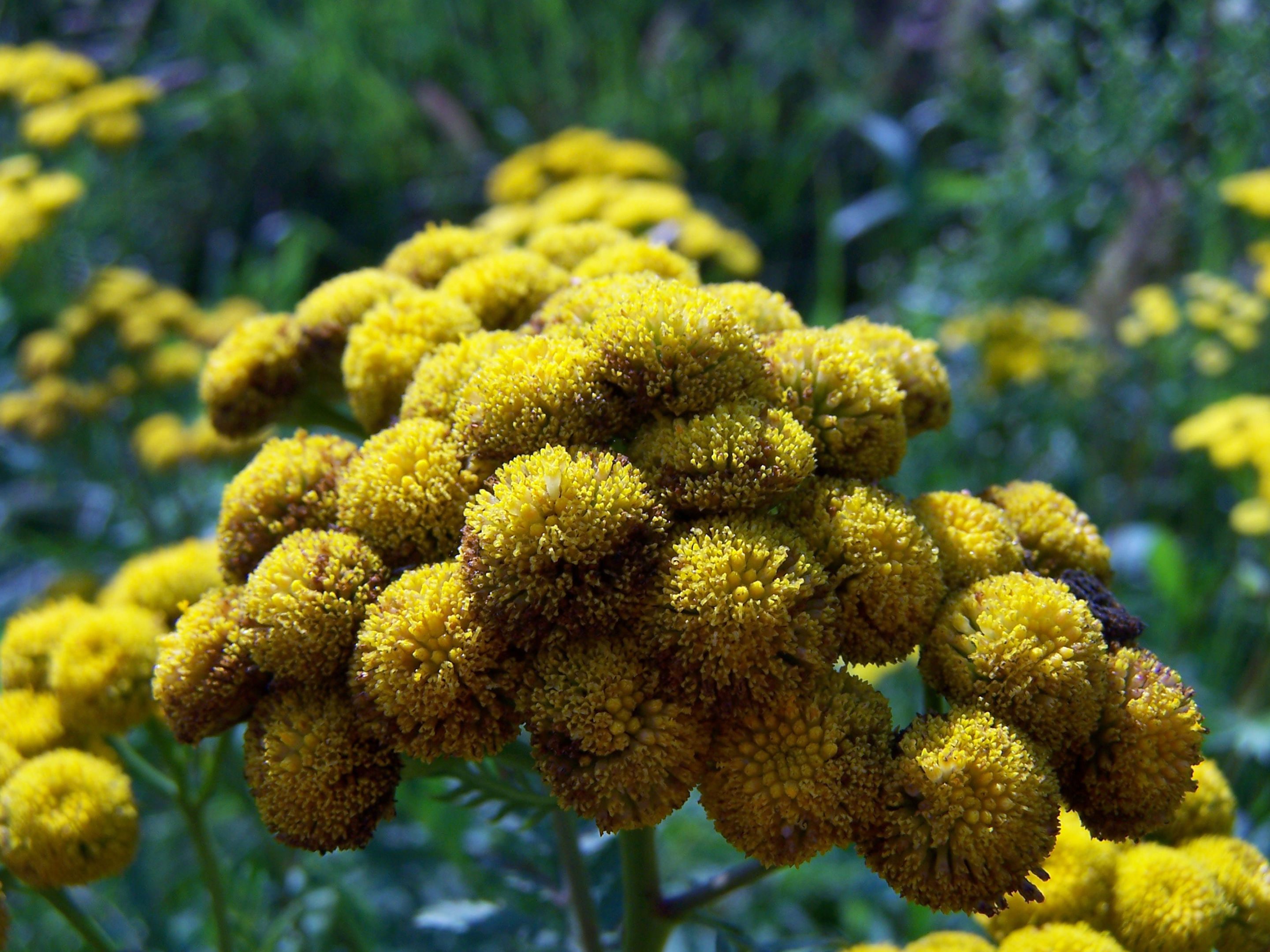As new research reveals we have a lot to learn about medicinal plants, garden expert and Chelsea Gold Medal-winner Chris Beardshaw gives Hannah Stephenson the lowdown on top apothecary planting
As a teenager, Chris Beardshaw was a keen sportsman, running half-marathons for his county, destined to achieve great goals as an athlete. Suddenly, within the space of 10 days, his feet swelled up so chronically he couldn’t walk. The condition spread to his ankles, hands and wrists. His case was a mystery and, after numerous trips to specialists and consultants, he was diagnosed with rheumatoid arthritis. His choice was to undergo major surgery on his toes and lower joints, or face a lifetime using a wheelchair.
This is where his interest in holistic treatments began – he changed his diet, eating fewer vegetables which exacerbated his symptoms, such as aubergines, red peppers and tomatoes, cut out red meat, red wine and dairy products and started investigating the power of herbal remedies.
“I went through four-and-a-half years of being explored,” said Chris. “I became used to being a curiosity. They were never able to get a full diagnosis on the type of arthritis. I had gold injections, radiotherapy, hydrotherapy and tried Voltarol-based products. Some provided short-term gain, but four weeks later the condition would return.”
He found comfrey cream, arnica and devil’s claw helped alleviate his symptoms to a degree, but the whole experience made him think more about the healing properties of plants, some of which he now grows in his own garden. While one in six of us can recognise echinacea, which is used to produce cough and cold remedies, even fewer of us know how to recognise a safe herbal remedy, according to new research from Potter’s Herbals. Yet many plants that can help us maintain our wellbeing are so easy to grow and we may already have them in our garden.
Common plants which Chris recommends and uses for his own wellbeing include:
Lemon balm
“It’s very easy to grow – once you have it in the garden you’ll never get rid of it. It’s a herbaceous perennial which grows vigorously. You harvest the leaf tips from May to mid-summer and make a tea. Tip on boiling water, let it steep for three minutes and when it’s cool enough, drink it. It has a citrus zing to it which cleanses the palate and is uplifting. It’s also good for improving circulation.”
Rosemary and thyme
“Grow them hard, don’t overwater or overfeed. Don’t grow in a rich garden compost, grow them in a soil-based compost such as John Innes No 2 which is less fertile and has a more mineral-rich structure to it. The plants will stay dwarfed but will be more concentrated in their components. Put them in the sun to intensify the oils. Rosemary and thyme can break down fats in the body, they serve as a remedy for bad fats. So if you’re eating fatty barbecued meats, take some sprigs, crumble them in your hands and throw them over the meat, not so they burn but so they are warmed.”
Black peppermint
“It’s the most potent form of mint. Grow it at the back of a herbaceous border and let it run forward. When it starts to invade other plants, rip it out and use the bits you’ve ripped out in salads or in tea, as a digestive promoter and to alleviate bloating. Alternatively make it into a compress, hold it on the skin and use it on sunburn. Keep it wet. Mint doesn’t like to dry out. It will also need feeding.”
Lavender
“Lavender is anti-bacterial, so it’s good to wash your hands in a tea made of lavender. It’s good for fungal infections, if you’ve hit your finger while gardening and you have bleeding under the fingernail, it will clean the skin and cuticles.”
Tansy (Tanacetum – a member of the aster family)
“This produces tiny yellow flowers with ‘shaving brush’ heads. The leaves are an insect repellent. It will grow to 4-5ft and is very good if you’ve got pets because at this time of the year there are lots of tics and fleas about. Harvest the leaves and take a bunch and wipe them down the side of the cat or dog, just behind their ears. It’s a sun-loving perennial, so grow it in sun at the back of the herbaceous border, combined with aconitums, Joe-Pye weed (Eutrochium) and eupatoriums which will shore up the tansy.”
